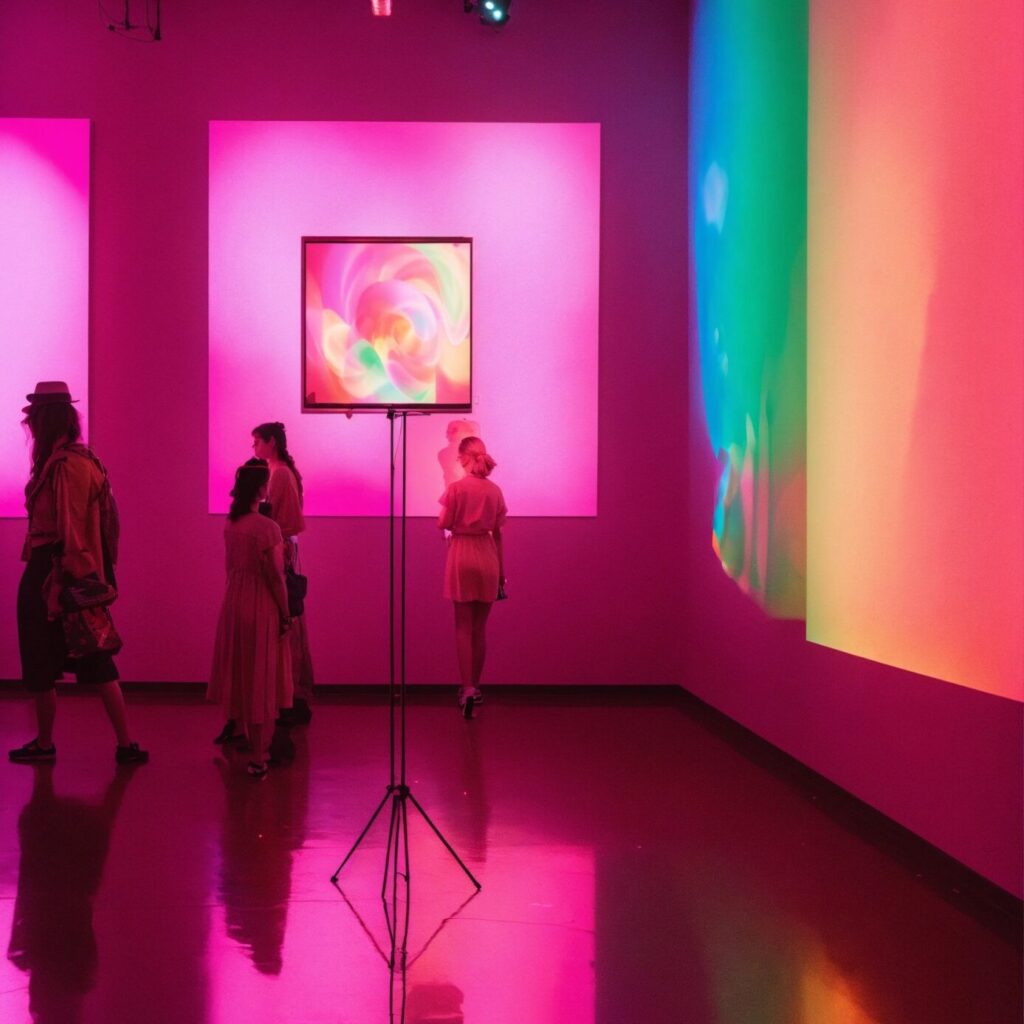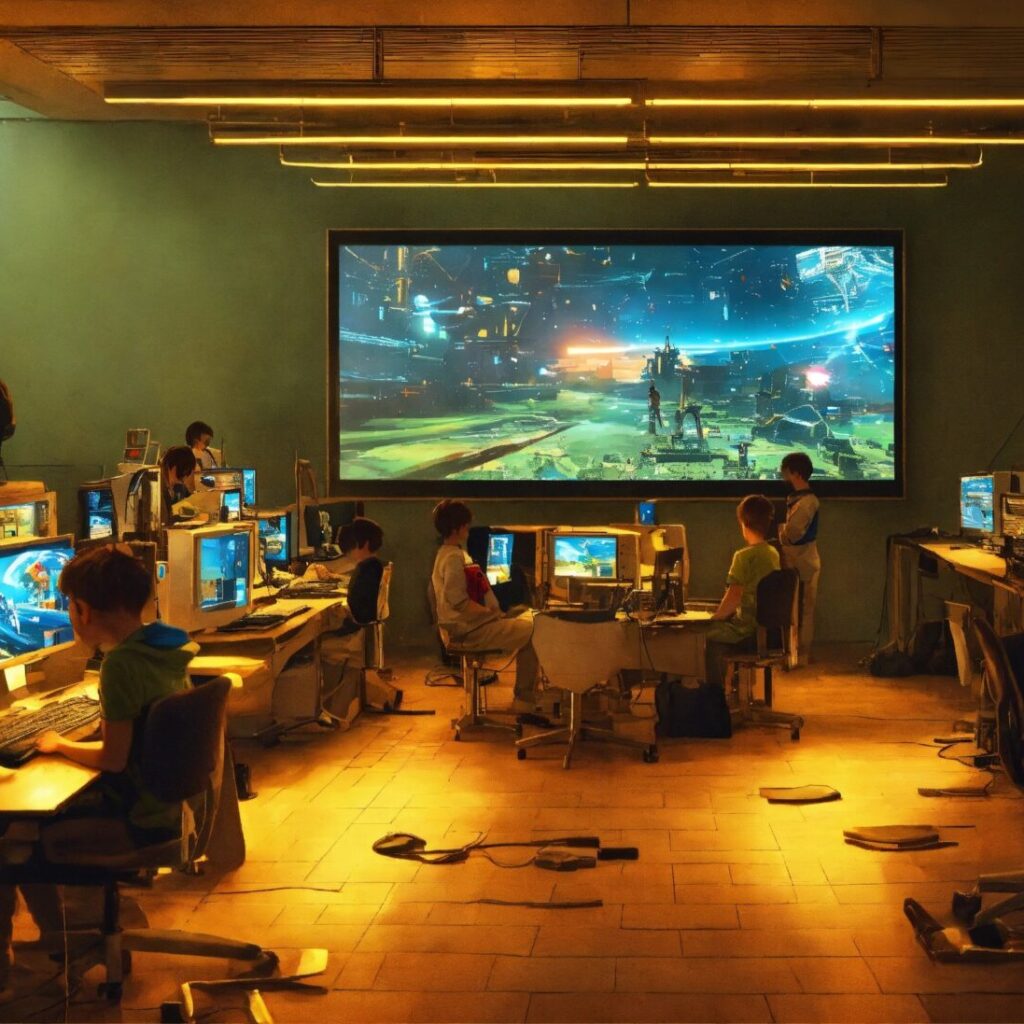Introduction: A Glimpse into the Future of Space Design
In an era where innovation continuously reshapes the way we perceive and interact with our surroundings, the integration of portable projections into architectural and interior designs is revolutionising our experience of spaces. These flexible, movable projections offer a bridge between the digital and physical realms, breathing life into otherwise static areas.
1. Understanding Portable Projections: The Basics

Portable projections aren’t just ordinary projectors; they are compact, versatile, and designed for mobility. Their unique characteristics allow them to be incorporated into a variety of environments, transforming the mundane into the dynamic.
2. The Synergy of Art and Technology
Artistic Displays: Artists and event planners now use portable projections to cast vivid images, videos, or interactive displays onto buildings, walls, or even natural landscapes. This convergence of art and technology offers a new dimension to public art installations.
3. Business World Applications
From dynamic presentations to immersive product displays, businesses harness the power of portable projections to captivate their audiences. Brands can now provide interactive experiences, blending the lines between marketing and genuine user engagement.
4. The Influence on Architecture and Interior Design
The line between structural design and digital enhancement blurs as architects incorporate projections into their blueprints. Walls can change colors or display patterns, allowing for a fluid design that adapts to the inhabitants’ moods and needs.
5. Portable Projections in Education

In educational settings, portable projections offer a leap from static visuals. Interactive lessons, 3D models, and simulations can be displayed anywhere, turning any classroom corner into a dynamic learning space.
6. Events and Entertainment Transformed
Concerts, plays, and other events benefit immensely from the versatility of portable projections. They can set the mood, guide the narrative, and amplify the overall experience, creating truly unforgettable moments.
7. Ease of Set-Up and Adaptability
One of the most significant advantages of these projections is their plug-and-play nature. Without cumbersome setups or specialised skills, anyone can transform a space within minutes, making them perfect for impromptu events or shifting scenarios.
8. The Environmental Edge
In an eco-conscious world, projections offer an edge over traditional décor. Instead of producing tangible goods that may lead to waste, digital designs can be updated, recycled, and adapted without a carbon footprint.
9. Challenges and Considerations
While portable projections present numerous benefits, it’s essential to understand their limitations. Light conditions, power sources, and projection surfaces can impact the quality and clarity of the displayed content.
10. The Future of Portable Projections

As technology advances, we can expect even more integration of portable projections in our daily lives. From augmented reality interfaces in our homes to large-scale urban art projects, the possibilities are boundless.
Conclusion: The Dynamic Dance of Light and Design
The integration of portable projections in space design is more than just a trend—it’s a testament to humanity’s unending quest to merge form, function, and innovation. As we continue to embrace this technology, we can look forward to a world where our surroundings constantly evolve and resonate with our emotions, desires, and dreams. In this ever-changing landscape, one thing remains clear: the marriage of light and design has only just begun.